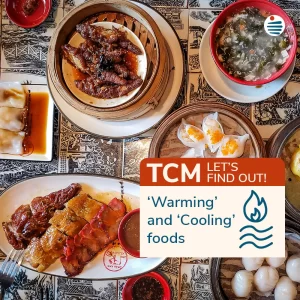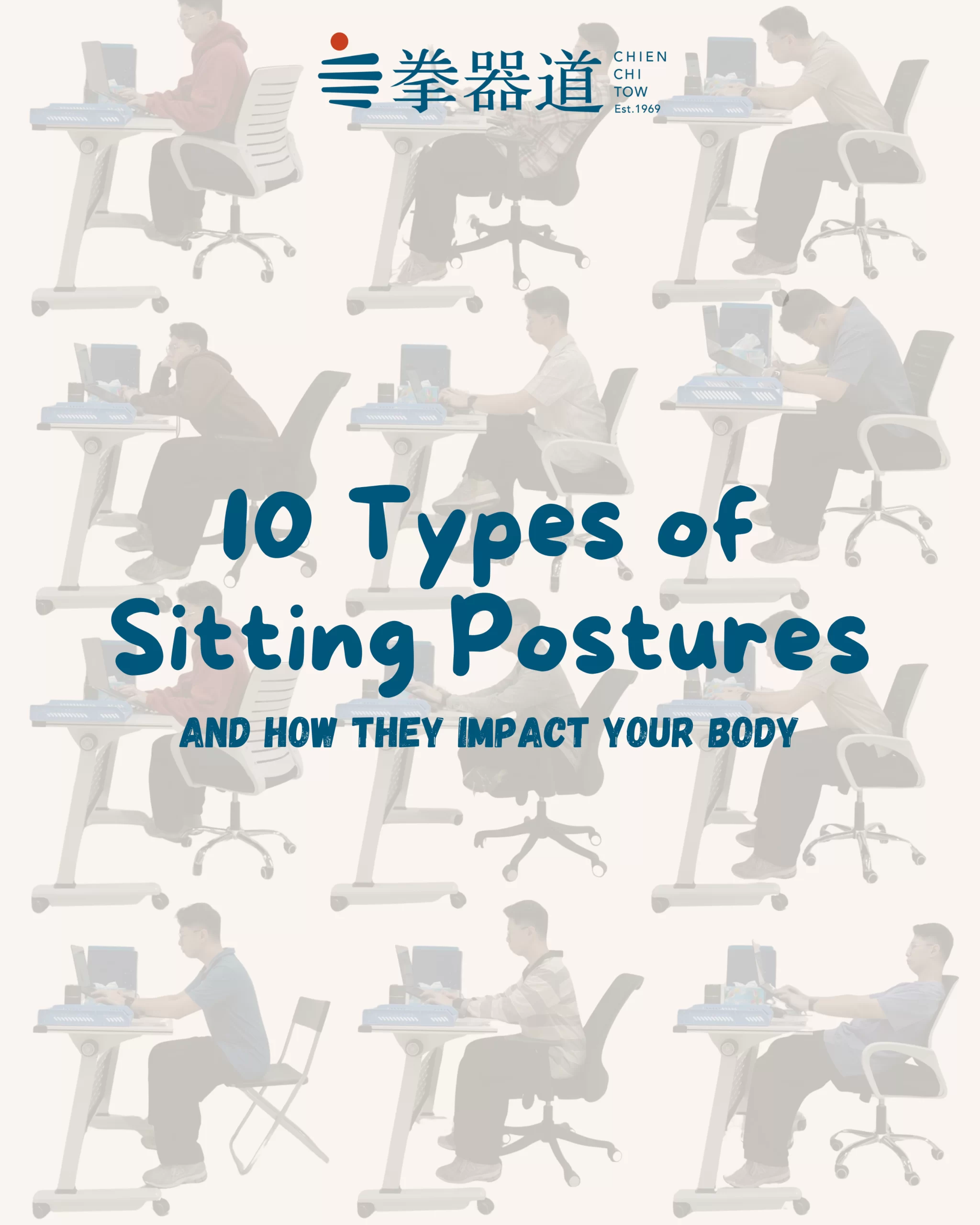In the realm of Traditional Chinese Medicine (TCM), the concept of food goes far beyond mere sustenance. It delves into the energetic properties of various ingredients and their effects on the body. Central to this understanding are the classifications of ‘warming’ and ‘cooling’ foods, which play a vital role in achieving optimal balance and well-being. By comprehending the dynamics of these thermal qualities, we can harness the power of food to harmonize our internal energies and promote overall health. In this article, we embark on a journey through TCM principles to explore the profound significance of ‘warming’ and ‘cooling’ foods, unveiling their therapeutic potential and practical applications in achieving a balanced and vibrant life.

In the field of Traditional Chinese Medicine (TCM), the concept of “Warming” and “Cooling” foods is used to describe the energetic properties of various foods and their effects on the body.
In TCM, foods are classified into different categories based on their thermal properties, which are associated with the balance of Yin and Yang energies in the body. Yin represents the cooler, nourishing, and more passive aspects, while Yang represents the warmer, energizing, and more active aspects.


Warming Foods: “Warming” foods in TCM refer to those with thermally warm or hot properties. These foods have the ability to increase internal heat and energy in the body. They are commonly used to counteract cold conditions, improve circulation, and strengthen the body’s Qi (vital energy). Examples of warming foods include ginger, cinnamon, garlic, onions, lamb, chicken, and certain spices.
By consuming warming foods, excess Yin or cold in the body can be reduced. This is because the warmth generated by these foods helps to disperse coldness, improve digestion, and promote the flow of Qi and blood. Warming foods are often recommended during cold weather or for individuals who tend to feel cold, have poor circulation, or experience symptoms such as cold hands and feet.
“Cooling” foods in TCM, on the other hand, possess thermally cool or cold properties. These foods have a cooling effect on the body and can help reduce excess internal heat or Yang energy. Cooling foods are often used to clear heat, reduce inflammation, and promote a sense of calmness. Examples of cooling foods include cucumber, watermelon, lettuce, mint, tofu, mung beans, and certain fruits like citrus.
When there is an accumulation of heat or Yang energy in the body, consuming cooling foods can help restore balance by dissipating the excess heat, soothing inflammation, and calming an overactive system. Cooling foods are often recommended during hot weather or for individuals who experience symptoms such as excessive thirst, irritability, or skin conditions associated with heat.


It’s important to note that TCM dietary recommendations are highly individualized and take into account an individual’s constitution, health condition, and the overall balance of Yin and Yang energies in their body.
The goal is to achieve a harmonious equilibrium. While warming and cooling food properties are considered, other factors such as taste, energetic actions, and the Five Elements theory also play a role in determining an appropriate diet for each person.










